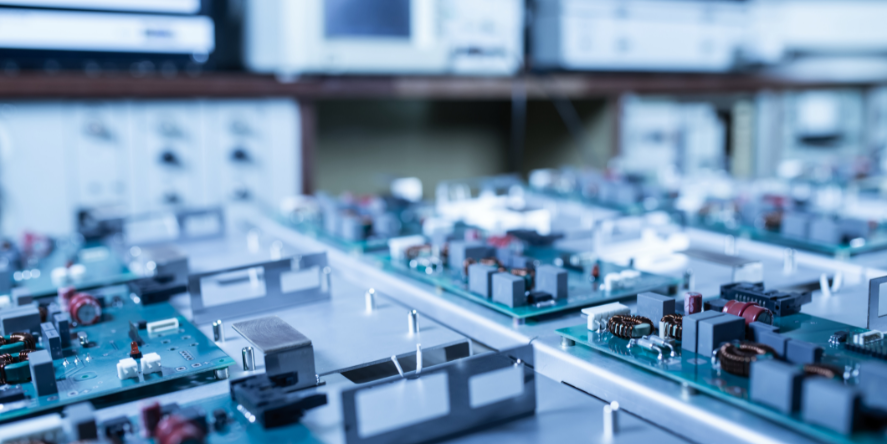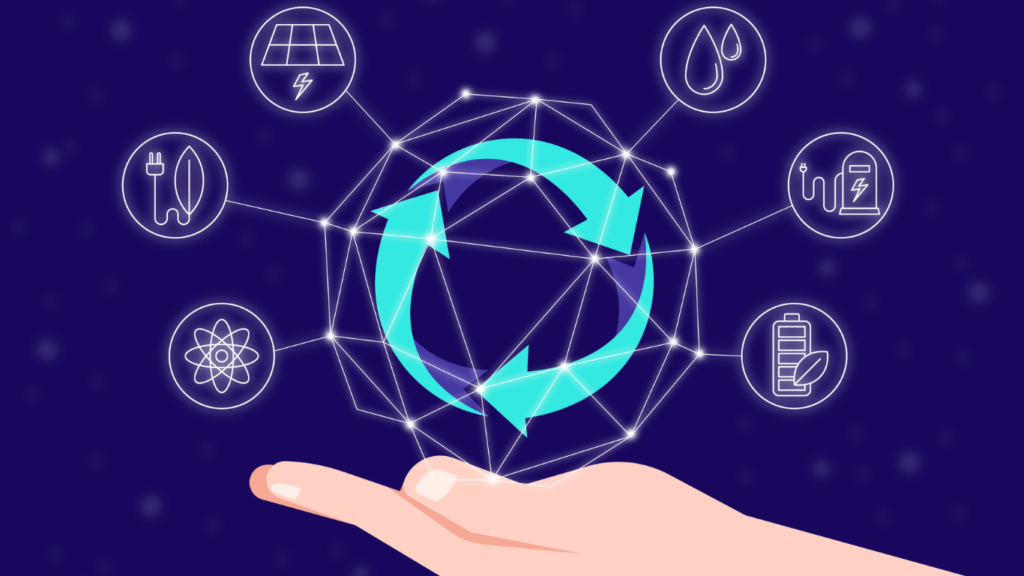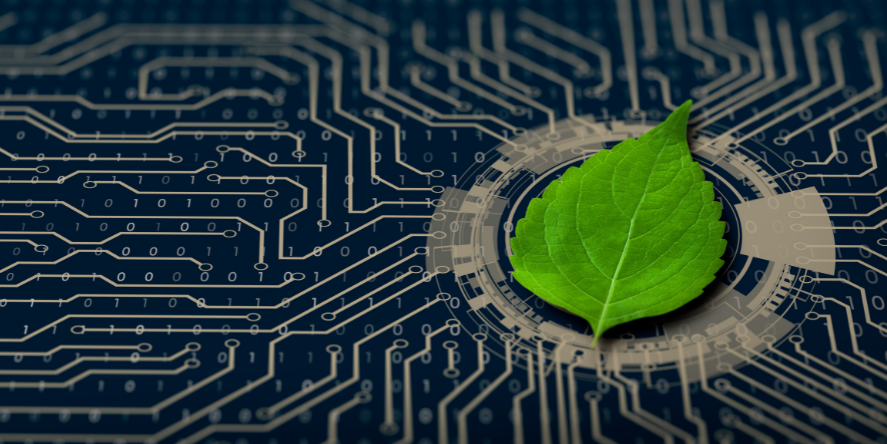The semiconductor industry is booming. Silicon chip production is skyrocketing with abundant manufacturing of electronic devices. From mobile phones to electric vehicles to spaceships, these semiconductor chips are used in cosmopolitan industries. With the advancement of technology, new and improved ways of connectivity are being proposed by scientists all over the world. These innovations lead to a surge in the demand for the production of these silicon chips. While the world shifts towards the adoption of green tech solutions to tackle climate change to reduce emissions, this puts us in a catch-22 situation; Where there is no escape and we have to deal with the current scenario where the paradox is real.
In this article, we are going to shed light on this paradox and all the strategies semiconductor manufacturers can adopt to minimize their carbon footprints and move towards a greener goal of sustainability.
Introduction
Semiconductor manufacturing is the process of creating integrated circuits commonly known as microchips. These tiny silicon-based chips form the backbone of modern electronics. From the device you’re using to read this article, to the smart meters monitoring your home’s energy usage, semiconductors are everywhere. With this varied level of usage, the semiconductor industry leaves an enormous carbon footprint behind. The manufacturing process of these chips is complex and requires a high degree of precision, cleanliness, and control.

Semiconductor fabrication unit(FAB)
A semiconductor fabrication unit also known as Fab is the manufacturing plant where the raw silicon wafers are turned into integrated chips or ICs. Semiconductor manufacturing involves the use of various raw materials such as silicon, copper, aluminum, and a range of rare elements. Additionally, the process also requires substantial amounts of water and energy. According to one estimate, fabricating semiconductor circuits on a 150-mm wafer uses 285 kWh of power or 1.6 kWh per square centimeter. Moreover, it contributes to 31% of the global greenhouse gas emission. This is higher than what electricity generation contributes, which is 27%. The consumption of these raw materials not only depletes natural resources but also leads to a considerable amount of waste. Furthermore, the extraction and processing of these materials contribute to greenhouse gas emissions.
Over-exploitation of resources in semiconductor fab:
Water plays an indispensable role in the manufacturing process of semiconductors. The plant requires a huge amount of supply to manufacture the great upsurge in demand. The manufacturing of these chips is a very energy extensive process. It also generates a massive amount of waste in production. Additionally, a substantial quantity of water is also required in the process, which we will discuss below.

Exploitation of water at a semiconductor fab
With the huge shortage of semiconductors in the market, the irony is that manufacturers are facing increasingly greater pressure to adopt sustainable and efficient practices in their water operations.
Water serves as a major component and has a chief role in silicon chip production. It is used to rinse and clean the silicon wafers during the manufacturing process. And just for an added information the water that is used is not the regular one but the ‘Ultrapure’ water which is way purer than the drinking water. In order to make 1000 gallons of Ultrapure water (UPW) or highly purified water (HPW) it takes around 1500 gallons of municipal water, and the semiconductor fabs use 5 million gallons daily.
With this eye-opening and mind-boggling data, it is time for us to buckle up and take steps forward toward promoting sustainability in this sector.
Sustainable Development and Decarbonisation Targets:
Semiconductor manufacturing, with its high energy consumption and substantial greenhouse gas emissions, poses a challenge to these sustainable development and decarbonization goals. To address this, governments and industries must focus on improving efficiency, adopting cleaner technologies, and developing green initiatives. This industry is very resource exhaustive and poses ecological issues. Let us look at some of the measures that can be taken to improve the situation and promote sustainability:

Shifting to Renewable Energy:
A lot of fabs use energy driven by fossil fuel, both in the manufacturing process and in the power generation segment of the plant. Switching to renewable energy sources such as solar and wind could help mitigate carbon emissions. Besides using cleaner fuels can also serve the purpose for more sustainable economic conditions in a country.

Implementing circular economy techniques:
A lot has already been preached about taking adequate environmental measures when it comes to protecting the environment but some actions are so vital that they are inevitable. So what’s the solution? Initiating an effective circular economy where recycling, re-manufacturing, and re-purposing of the used components can dramatically reduce the burden on the environment and prevent surplus waste. Cutting down on the use of new resources and extracting maximum value from every resource used can help ensure quality, reduce waste, and save energy, thus contributing to sustainability and decarbonization.
Conclusion:
To satisfy our insatiable need for technology and electrical devices in our daily lives, the demand for semiconductors will only continue to rise. Although the production of semiconductors is essential to the current digital world, it also has a big effect on climate change. The industry has a large environmental impact, from consuming energy and raw materials to adding to global greenhouse gas emissions. However, its influence can be reduced with deliberate effort, legislative modifications, technological improvements, and sustainable practices. As time goes on, it becomes more crucial than ever for us to strike a balance between the needs of technological development and the pressing need to safeguard and maintain our environment.
Blog by Madhulika Pandey
















